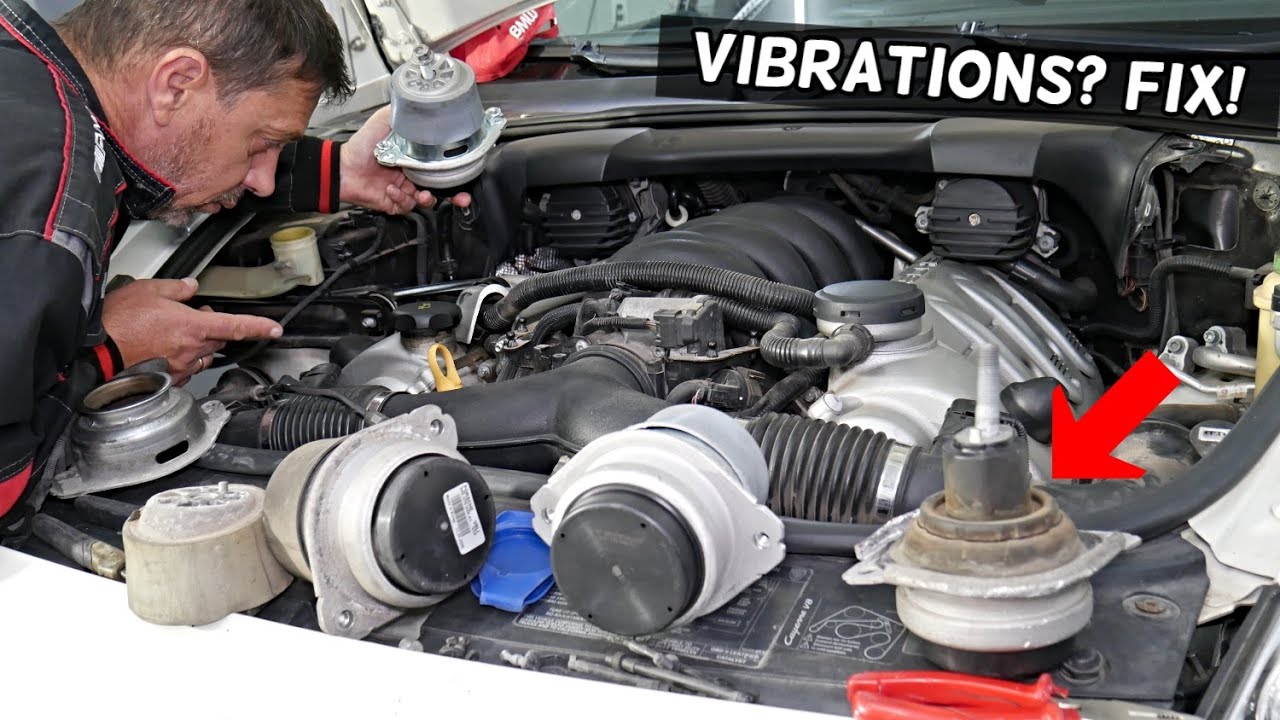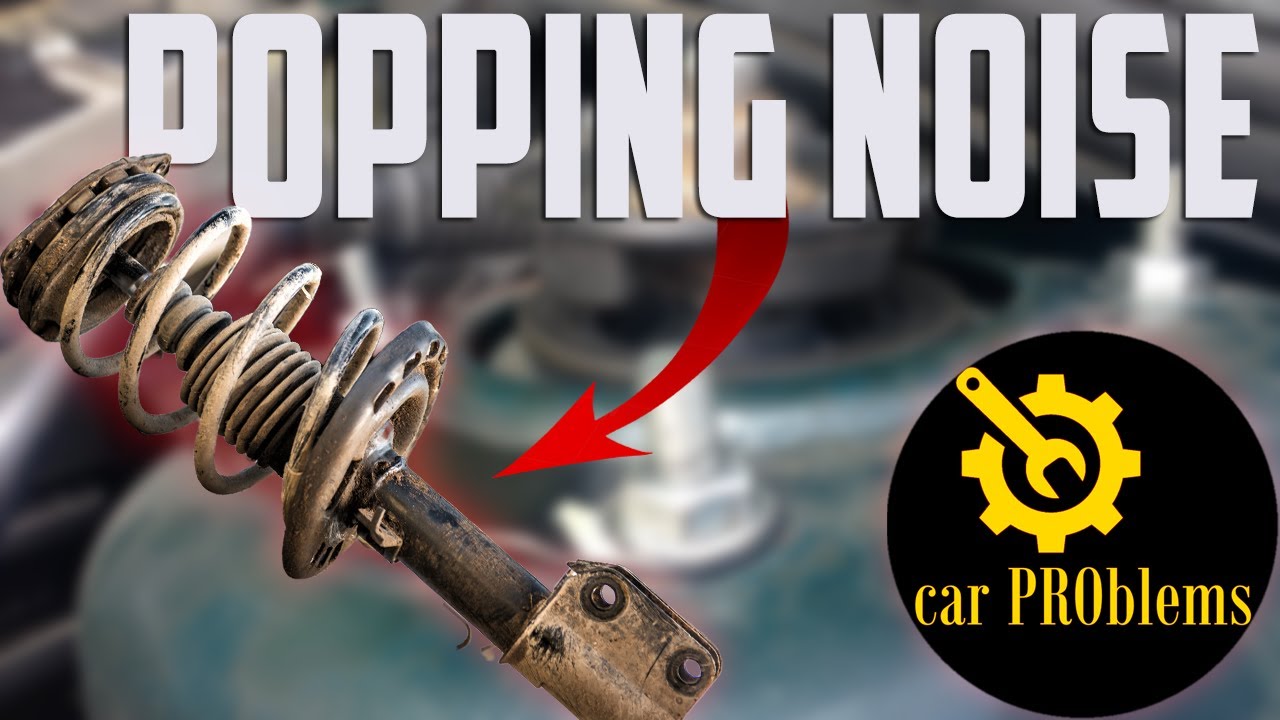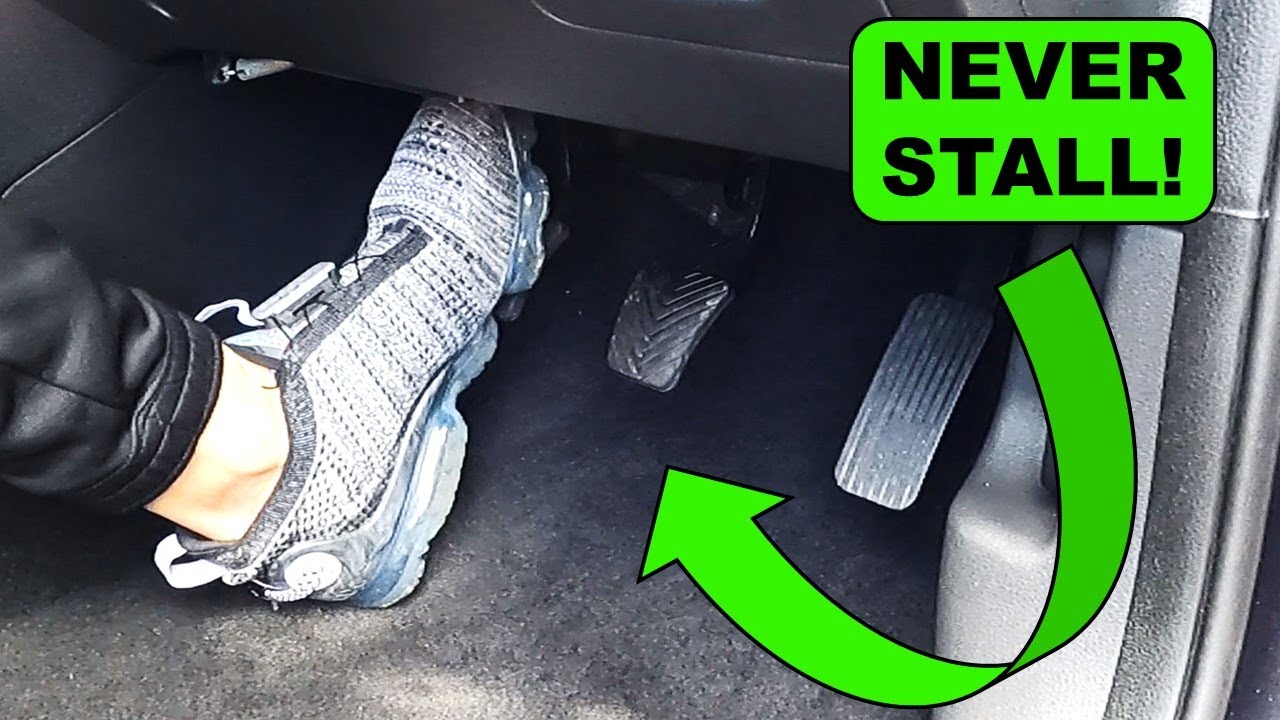System failures are more common in cars with manual transmissions than automated ones. Some of these issues include clutch failures (such as a slipping clutch), unusual noises, and normal wear and tear. (However, automatic transmissions still utilize a clutch, but they are quite reliable).
Clutch problems are indicated when a loud knocking, groaning, or rattling sound is audible when the clutch is depressed. The source of the noise could be one of numerous possible problems.
What does the clutch make a noise when pressed down is something we’ll go over in this piece. We will also consider possible solutions to the issues.
Why Does Applying Pressure Make a Clutch Sound?
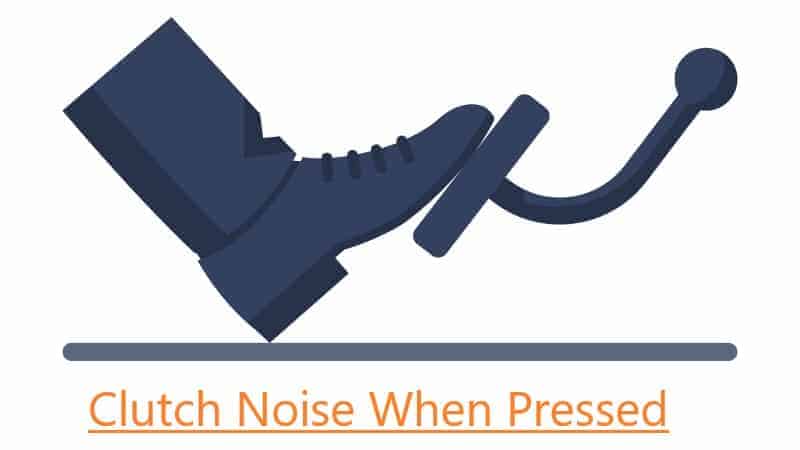
The ability to engage and disengage bearings is crucial when operating a vehicle with a manual transmission. Additionally, the clutch system makes use of throwout bearings and pilot bearings. Clutch noise when depressed can be caused by the following.
Downgraded input roller
An essential clutch component housed within the tranny is the input bearing. You may have a worn input bearing if the clutch chatter remains in neutral when you’re not using the clutch.
Worn old bearing
For a clutch system to work as intended, the throwout bearings—also called release bearings—are crucial. When you press down on the clutch pedal, a chain reaction occurs that links the release bearing to other parts of the clutch.
The release bearing regulates the clutch plate’s and flywheel’s contact when the clutch pedal is depressed.
On the other hand, the release bearing has a tendency to wear down with time. A failed throwout bearing is likely the cause of any clutch-related noise you may hear or feel upon releasing the clutch pedal.
Before your vehicle lets you down and won’t start, make sure to check and replace it. Check out this post for all the telltale symptoms of a defective throwout bearing.
The pilot bearing worn out
The pilot bearing is located in the space between the gearbox and the engine. The driver can change the ratio of the crankshaft’s speed to that of the high gear shaft by pressing down on the clutch pedal. These fluctuations in speed are made possible by the pilot bearing.
As a result, pressing down on the clutch pedal makes a terrible pilot-bearing noise worse. The presence of an outside sound when pressing down on the clutch pedal is usually an indication of a worn pilot bearing. Inspect it and get a new one before it ruins the rest of your system.
The clutch pressure plate that is worn
The clutch disc makes contact with the flywheel when you depress the pedal because the clutch pressure plates push against it. There will be a lot of friction because of the frequent touch.
You shouldn’t expect the clutch pressure plates to endure the lifetime of your vehicle. I have a feeling you’re familiar with the meaning of that. They stop working after a certain amount of time when used normally. Several problems with driving might be caused by a worn or broken clutch.
As the car accelerates, clutch slippage is the most noticeable symptom of a worn clutch. Expect the clutch pedal to act erratically. Both the height and the firmness of the clutch pedal will be noticeable.
The clutch will rattle at idle or make an odd noise when depressed at some point. It’s important to remember that how often you need to change the clutch plate is influenced by your driving habits and style.
Need to lubricate clutch pedals
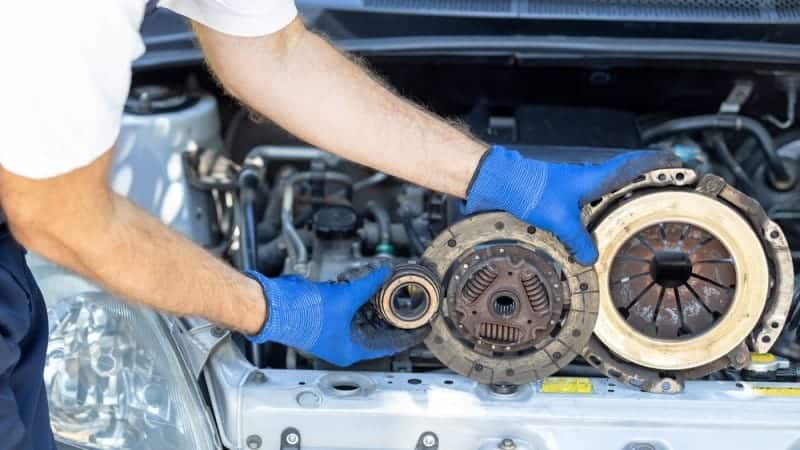
To facilitate communication between the driver and the clutch mechanism, a clutch pedal is utilized. Pressing or releasing the clutch should not cause the pedal to make a screeching or rattling sound if it requires lubrication. Greasing the pivot points and springs is the solution.
How to Fix Clutch Making a Noisy Sound?
Vehicles are sophisticated machines, so naturally, issues will arise from time to time. Fixing certain issues is easy since they are small. This is how you do it.
- Step 1: pull over the car and park
- Step 2: Finding the clutch slave cylinder is the second step.
- Step 3: The third step is to remove the slave cylinder.
- Step 4: Take the rubber boot off.
- Step 5: Make sure the pushrod is smooth.
- Step 6: Reattach the slave cylinder and rubber boot.
- Step 7: The seventh step is to grease the throwout bearing.
- Step 8: Lower the car
Conclusion
Now that we’ve covered the clutch noise-causing factors, what if, when you press down on your manual gearbox clutch, it doesn’t work? A broken gearbox input shaft would explain why pressing the clutch pedal eliminates a clutch noise.
You should remove the transmission unit and replace it if the diagnostic process reveals that the noise is emanating from faulty internal components. Replace any subpar internal components after inspecting them.


